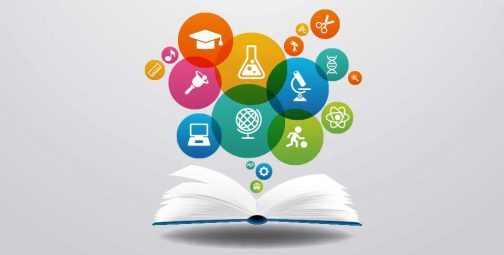Category: BRAIN SCIENCE
For over 30 years, Trainers Warehouse has sold tools and resources to promote active, brain-based learning. Trainers frequently ask us how they can get buy-in from managers. Facilitators of learning view games and fidgets as important tools of their trade, but managers sometimes see them only as “toys.” As such, we’re on the lookout for brain science research that supports the learning theory and applies the neuroscience of learning.
Training should be fun – data explains why
Some time ago, I accumulated evidence on why active learning is more effective. Here are some of the highlights: Games & Simulations “One must learn by doing the thing, for though you think you know it– you have no certainty until you try.” Sophocles, 5th c. B.C. Approximately 65% of... Read MoreToo serious for Playful (effective) Learning?
While many trainers and teachers fully embrace the concepts of fun and interactive training to accelerate the learning process, some pass by our trade show booth or our catalog and lament, “I wish I could use your ‘toys,’ but I teach ___x___. They’re too serious for that.” That “x” can... Read MoreThe Neuroscience of Learning
Through brain science research, we've learned more about the parts of the brain and how they work together to help us understand and retain new information. We understand, for instance, that:- Greater engagement leads to deeper learning. And, the more areas of the brain that are in use, the more memorable the learning episode.
- Focus decreases during longer learning segments.
- Visual images, mnemonics, and metaphors help our brains organize information.
- Endorphins create feelings of euphoria and activate our frontal lobes, the part of the brain responsible for learning.
- Cortisol, the stress hormone, inhibits memory and attention.



